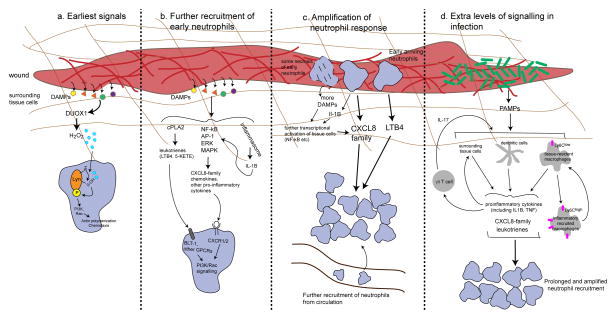Figure 1. The phases of neutrophil recruitment.
The recruitment of neutrophils to a site of damage occurs in several phases. Damage-associated molecular patterns (DAMPs) are released at a tissue injury site and promote the release of hydrogen peroxide (H2O2) and direct the recruitment of early-arriving neutrophils through the SRC family kinase LYN (a). DAMPs also induce the production of CXC-chemokine ligand 8 (CXCL8) family chemokines and leukotrienes from surrounding tissue cells to further recruit neutrophils (b). Early-arriving neutrophils are then themselves activated to both directly and indirectly promote further secretion of CXCL8 family chemokines and leukotriene B4 (LTB4) to induce neutrophil recruitment from the circulation and amplification of the response (c). In an infection, extra layers of signalling exist to prolong and amplify neutrophil infiltration, including the release of pathogen-associated molecular patterns (PAMPs) and the involvement of other recruited immune cells, such as macrophages, dendritic cells (DCs) and T cells (d). IL, interleukin; PI3K, phosphoinositide 3-kinase; TNF, tumour necrosis factor.

